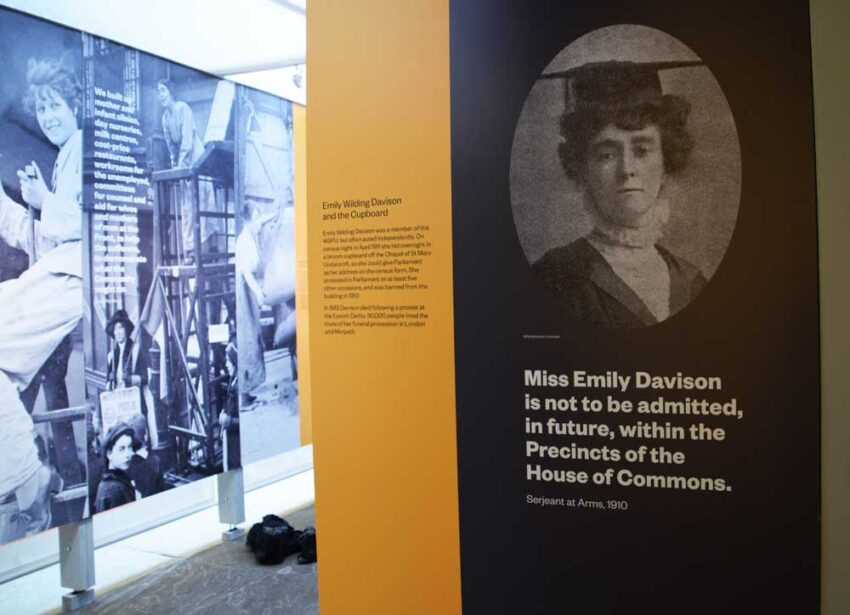Between 27th June and 6th October 2018, a major FREE exhibition, Voice & Vote: Women’s Place in Parliament, will be staged in Westminster Hall. Using both interactive features and historic exhibits, Voice & Vote will highlight the campaign for votes for women and the representation of women in the House of Commons and the House of Lords. We where allowed access on Press day and here are few snippets of the exhibition.
The exhibition in Westminster Hall uses interactive features and historic exhibits to tell the hidden “her-story” of the UK Parliament: the campaigning, the protests and the achievements. It is also examining where we are today and how anyone can make change happen. Among the items in this innovative exhibition are re-creations of lost historical spaces of the Palace of Westminster, rare and previously unseen historic objects, pictures and archives from the Parliamentary collections and elsewhere.
The Ventilator
200 years ago, this loft space above the House of Commons Chamber was where women watched and listened to Parliamentary debates. Women were banned from the public galleries. Those who were politically engaged and wanted to watch discussions of issues they were campaigning for, such as the abolition of the slave trade, would make their way to this space to watch and listen. The exhibition has a mock up of how by poking your head through the small gap you could just about hear and see what was happening down below on the floor of the House of Commons.
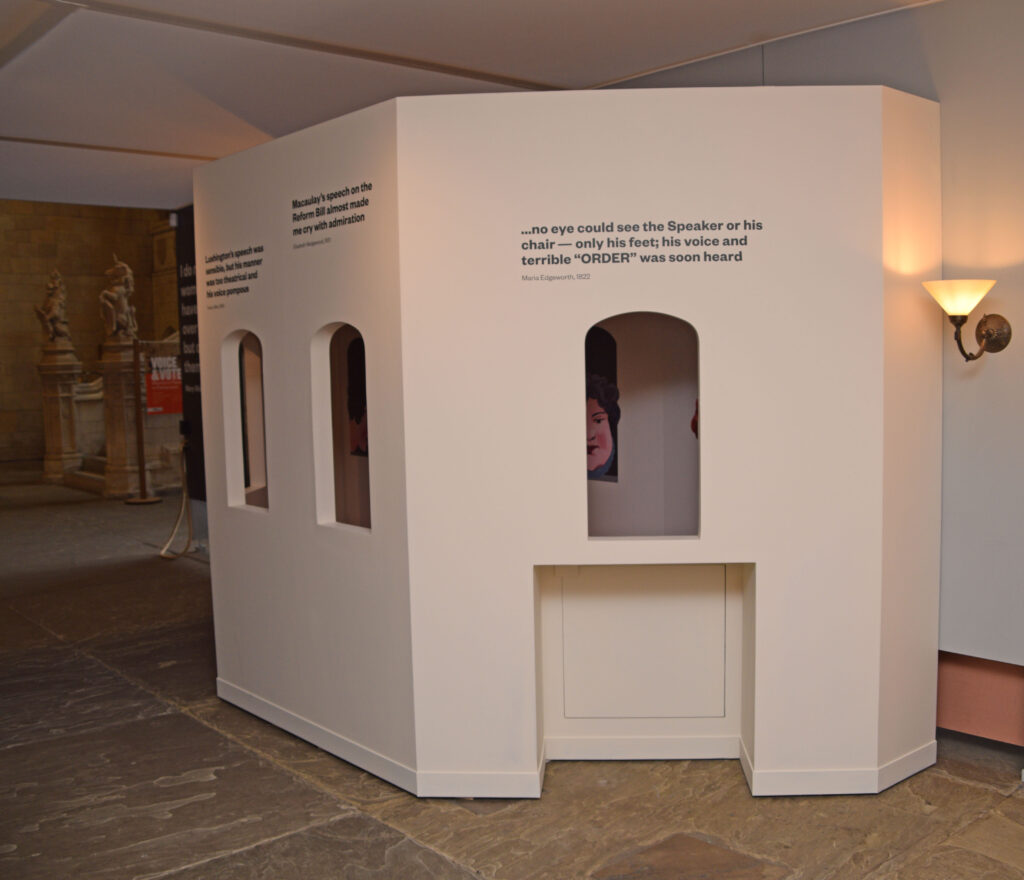
Moving round the exhibition with the unfolding story of women’s suffrage and those campaigning for equal rights you come across the next mock up of “The Cage”.
After the 1834 fire which destroyed the old Palace of Westminster, the new House of Commons included a Ladies’ Gallery which allowed women to view the Chamber from high up above the Speaker’s Chair. The gallery was closed off by brass grilles, deliberately placed there to stop MPs seeing the women. The grilles restricted women’s view and the Ladies’ Gallery was hot, stuffy and soon nicknamed “The Cage”.
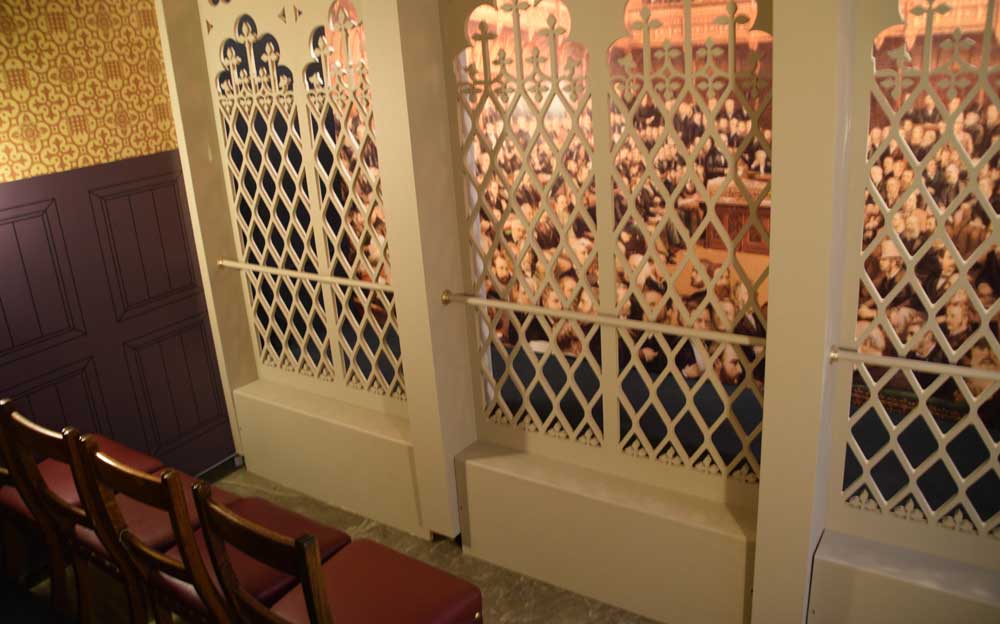
On display is part of the original cage as well as the proclamation that was thrown down of the floor of the House of Commons threw the cage on 28th Oct 1908 by a member of the Women’s Freedom League (WFL)
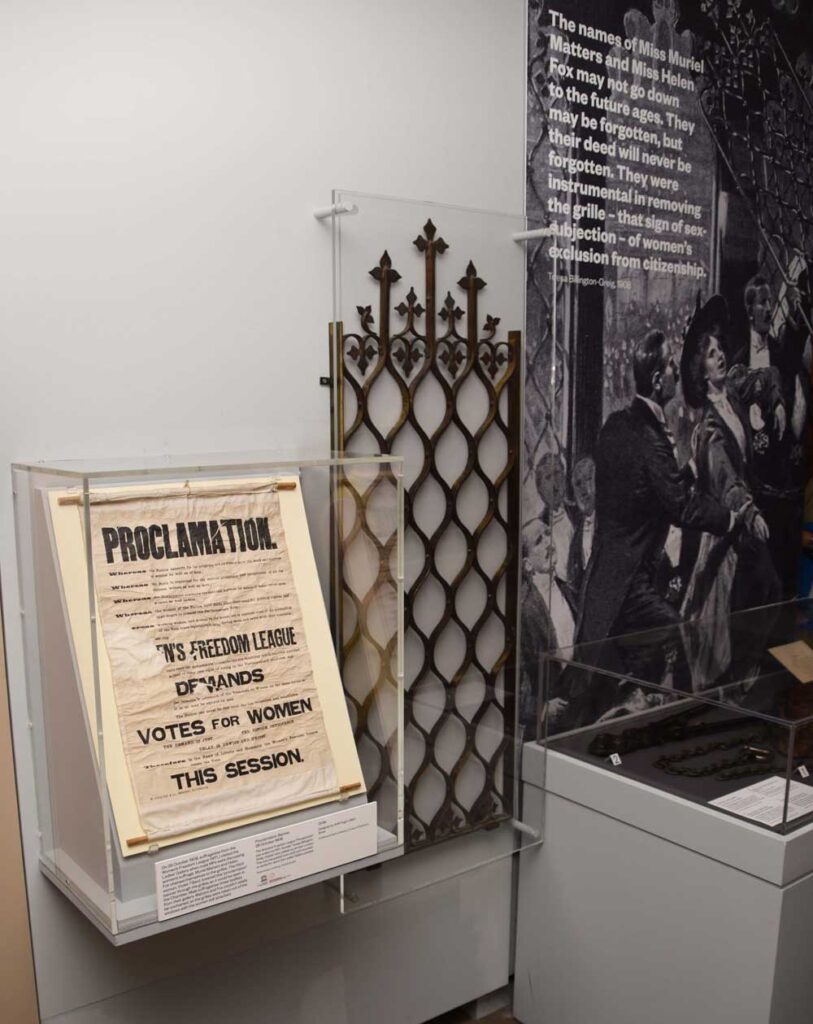
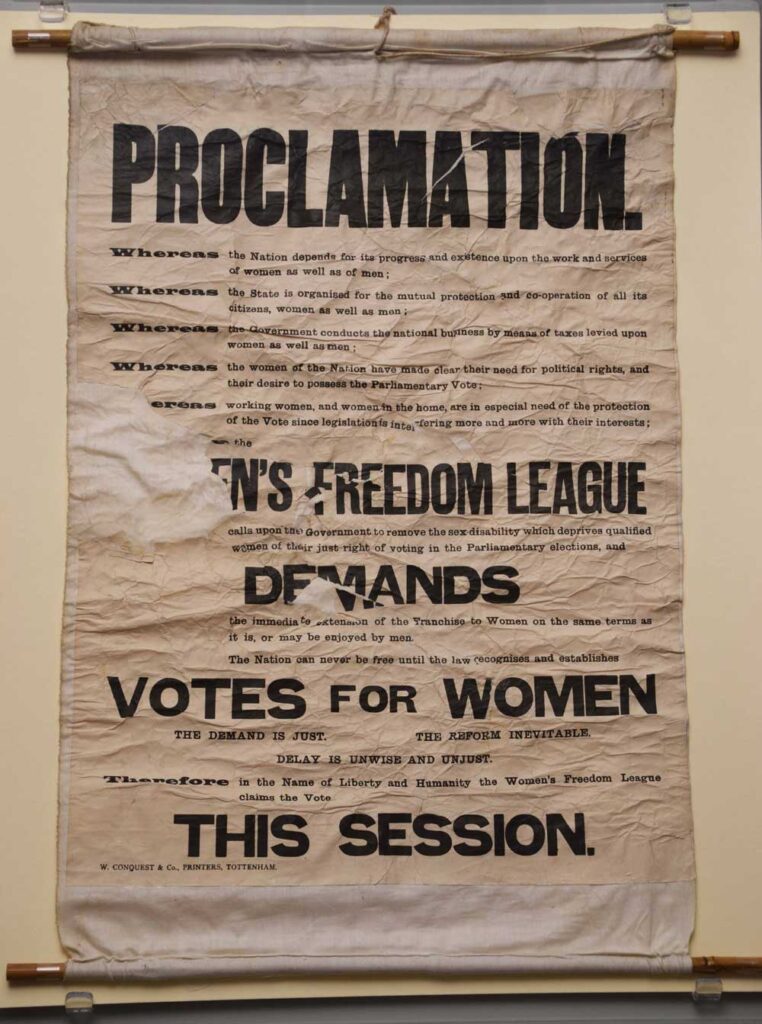
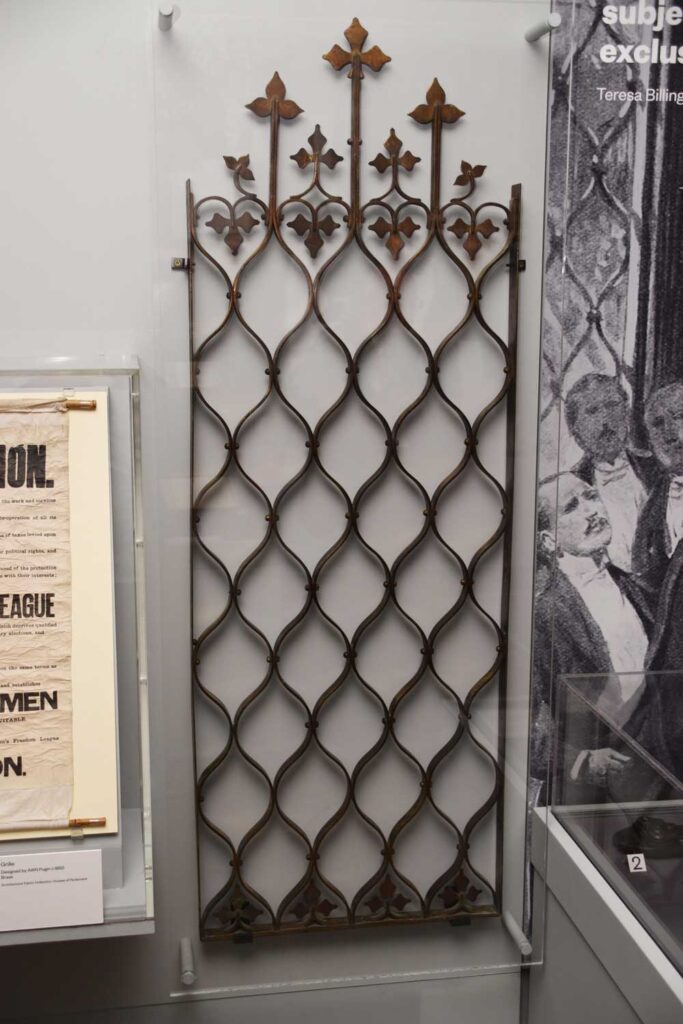
As you move along there is a section dedicated to Alice Hawkins I was like to meet Alice’s Great Grandson Peter Barratt who showed me around this section. On display are a lot of Alice’s personal items such has Hunger Strike medal, Holloway Brooch and a signed illumination from Emmeline Pankhurst
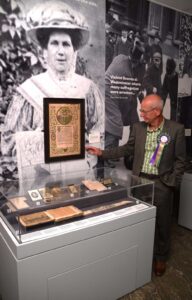
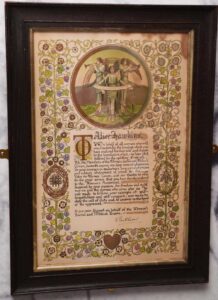
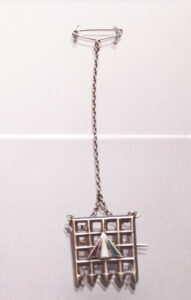
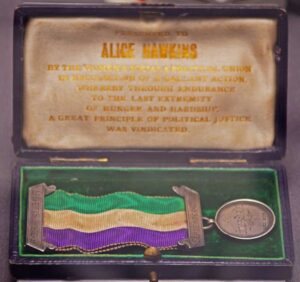
Tucked around the corner is the area dedicated to Emily. This area highlights the night on the 2nd April 1911 she hid overnight in a broom cupboard in St. Mary Undercroft, the chapel of the Palace of Westminster. She stayed overnight to avoid being listed in the census. She was found by a cleaner, who reported her. Emily was arrested but not charged. The Clerk of Works at the House of Commons completed a census form to include Emily in the returns. However, she was included twice, as her landlady also included her as being present at her lodgings. The display shows a replica plaque Tony Benn, Labour MP, placed on the inside of the broom cupboard aided by Jeremy Corbyn in 1991.
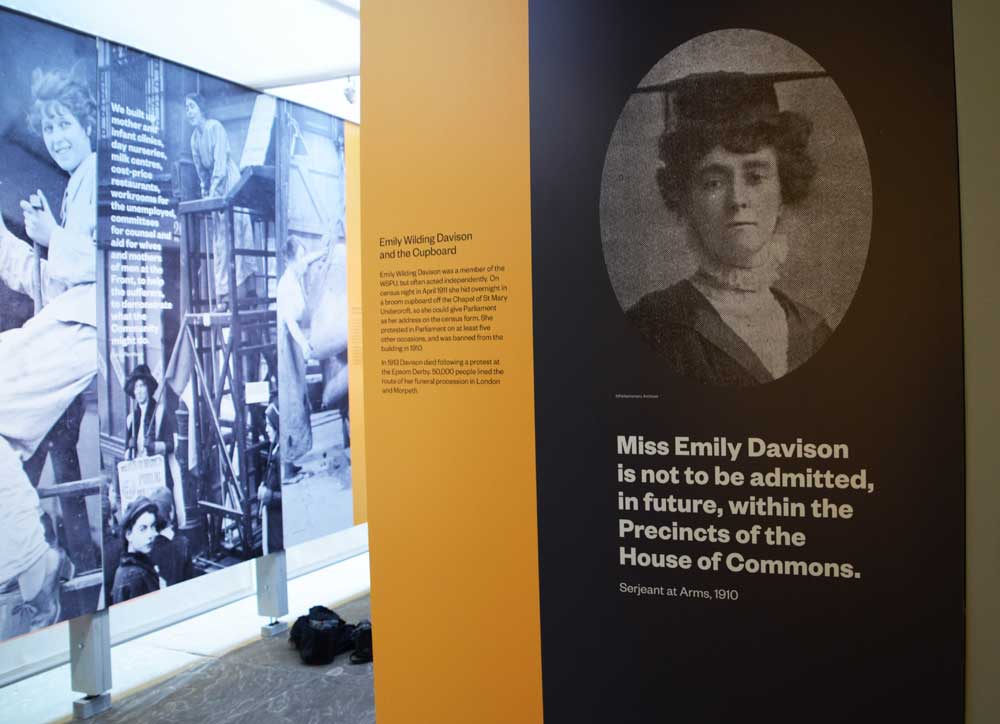
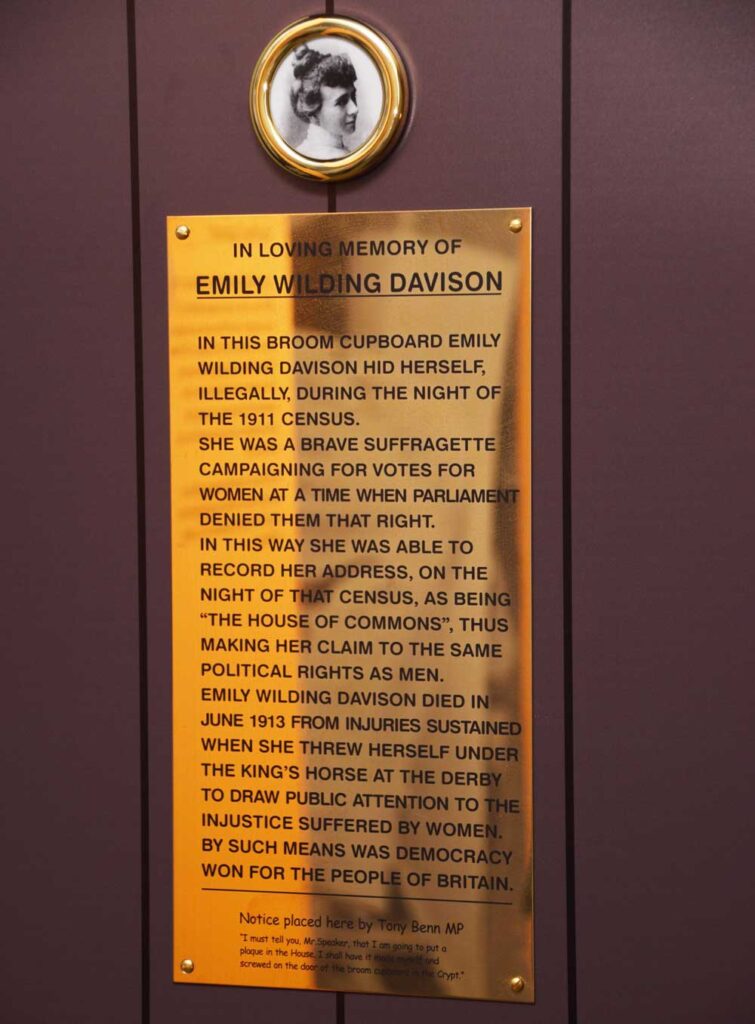
By now the exhibition looks at 1918 onward when Nancy Aston was the first woman to take her seat in the House of Commons in December 1919. There is a mock up of the room nick named The Tomb.
From 1918, women could stand for Parliament for the first time. An office called the Lady Members’ Room was provided but it was poorly furnished and became increasingly overcrowded as more women were elected as MPs. They had to share the space, which became known as “The Tomb” despite their differing politics. Once the few desks provided were all taken, women MPs had to sit on the floor to do their paperwork and hold meetings in corridors.
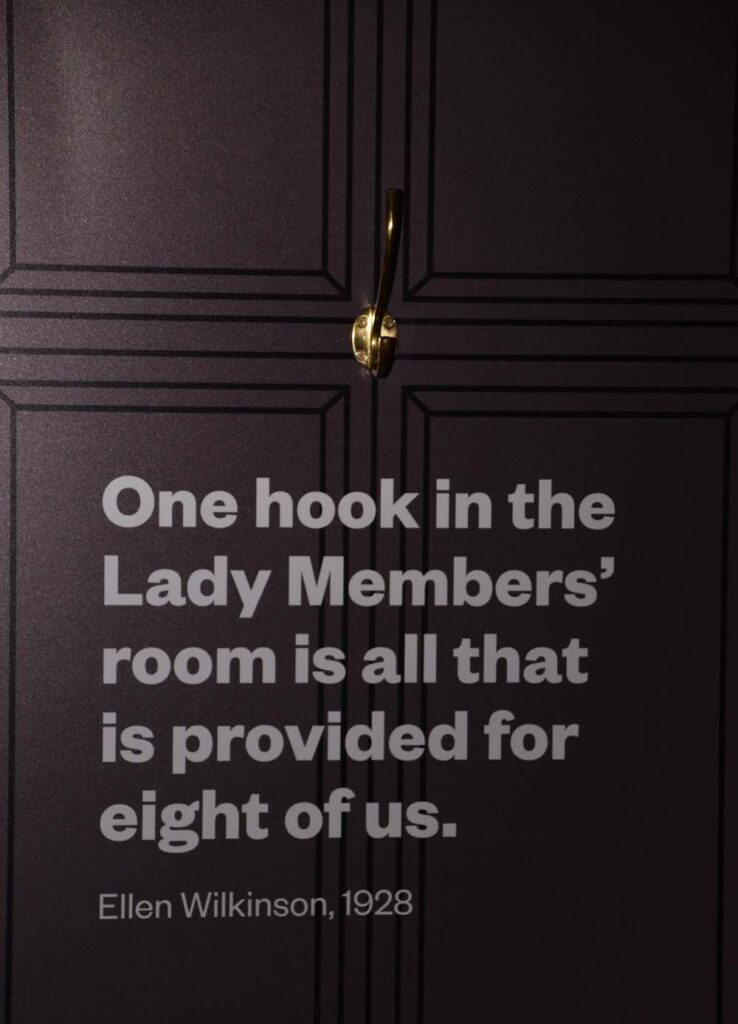
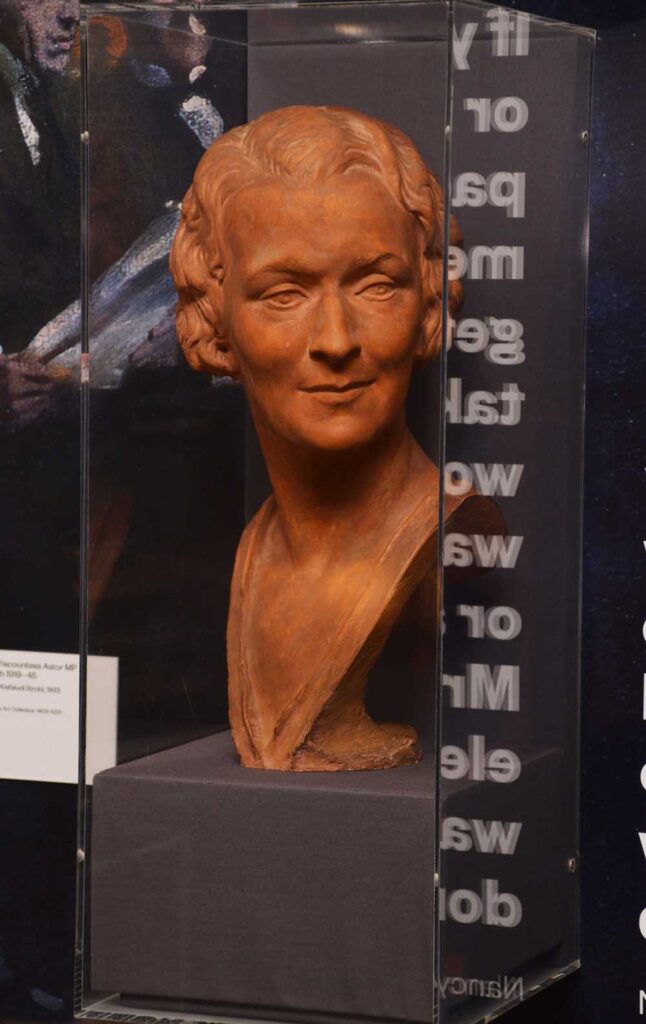
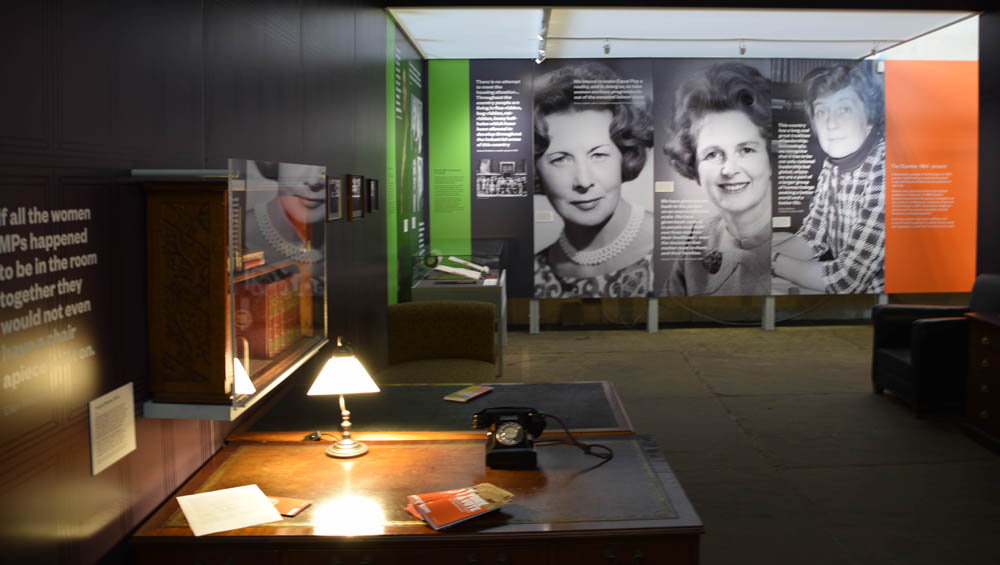
The fight for equality in Parliament went on. It was not until the Life Peerages Act 1958 that women were finally allowed to sit in the Upper House as life peers. Hereditary women peers were finally allowed to sit in the House of Lords after the Peerage Act 1963.
As with all great exhibition there is a souvenir shop where there are a rage of books, postcards etc to buy. But by far the most popular is the Suffraduck.
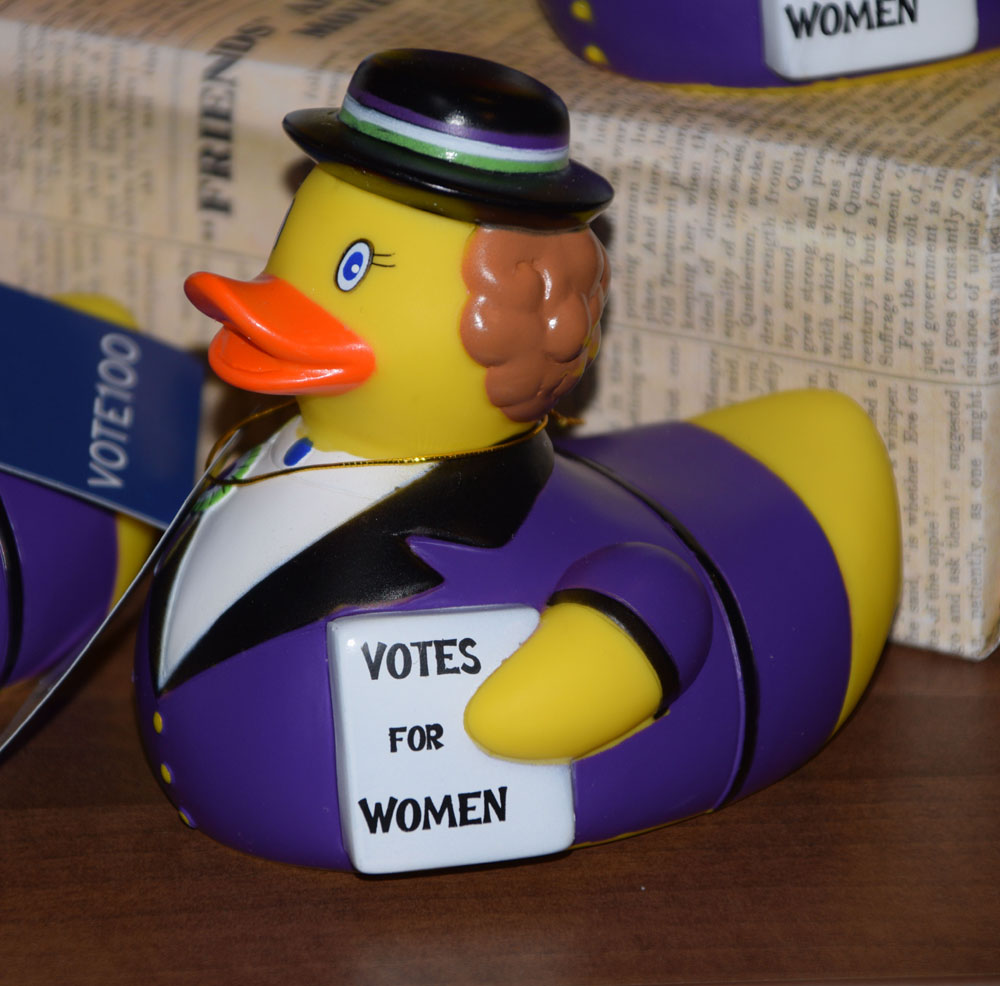
The exhibition runs till 6th October and is FREE for more details CLICK HERE
Here is our behind the scene tour on Press Day…..
NOTE: All images are copyright of Paul Taylor please Email us if you wish to use them in print or online.

